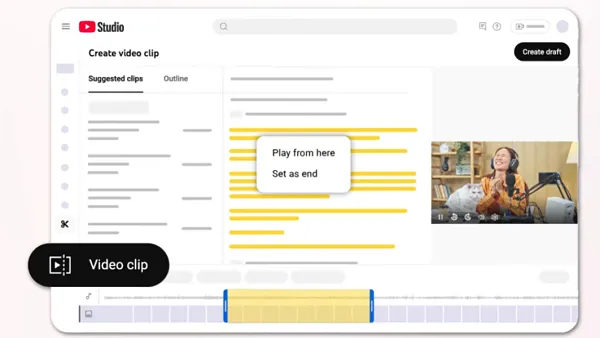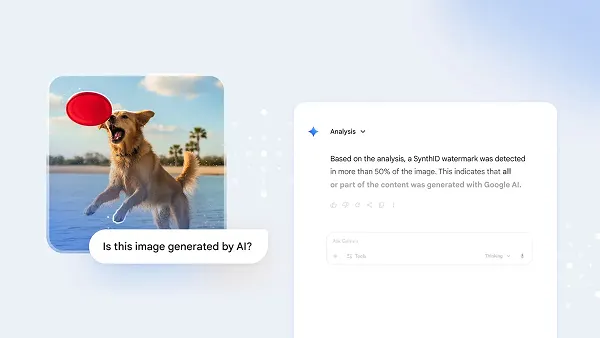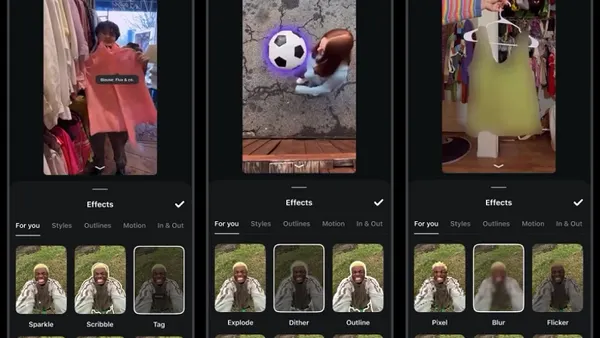Social media usage is nuanced and ever-evolving, but don’t let that complexity leave you feeling directionless. For every question that arises as you build your next social strategy, there’s a guidepost to be found in the data on digital behaviors and habits.
Comprehensive and reliable data, that is.
That’s why, even in the era of information overload, marketers need resources like the Digital 2026: Global Overview Report, featuring over 600 pages of statistics from trusted sources that illuminate how audiences navigate the digital world. Over the past year, there has been no shortage of new developments in the social marketing landscape. Find them all in the Digital 2026 report, but in the meantime, here are three stats that sum up what the social media landscape looks like entering the new year.
72.3% of online audiences use social media for brand research.
Social media presence and monitoring can't be an afterthought in 2026. The narrative around your brand on social — whether true or not — impacts purchase decisions, particularly among high-intent buyers.
In fact, 72.3% of internet users aged 16 and older use social media to learn more about products they’re thinking of buying. And while Instagram has the highest percentage of users there to follow or research brands, no platform is exempt. An impressive 26.6% of LinkedIn users go to the platform for brand research.
One way or another, potential customers are learning about your brand on social, so learn more about what they are seeing. Are you leading the conversation? And if not, who is? Gaining an accurate, ongoing understanding of where your brand sits in the social media landscape is critical information for decision-makers beyond just the social team.
80.7% of Snapchat users are also on Facebook.
Buzzy headlines might have you believing that users of newer platforms automatically abandon older ones. According to the Digital 2026 report, that couldn’t be further from the truth. Internet users aged 16 and older actively use an average of 6.75 social platforms each month, and social media platform user bases overlap significantly as a result.
For example, similarly to Snapchat users (aged 16 and older, outside of China), 81.8% of TikTok users are also on Facebook. However, only 34.8% of those TikTok users are on Snapchat. So while both TikTok and Snapchat are known for their Gen-Z audiences, they don’t overlap as much as one might assume.
Diving into how — and more importantly, why — platform audiences overlap can have huge implications for your brand’s social strategies. Plus, as more waves of hyped up headlines arrive in the new year, the insights you uncover can keep you on the data-driven track.
96% of online audiences access the internet via their phones.
While 96% of internet users go online using their phones, only 59.6% do via laptops and desktops. As a result, the chances are high that your audience is viewing your social content away from the bigger screen of the computer you may create it on.
This also broadens the range of contexts and environments your audience may be viewing your content within. Whether they’re scrolling before bed, on their daily commute or in line at the coffee shop, your audience needs your brand experience to resonate through the portal in the palm of their hand.
More than ever, brands need to strategize around a holistic view of their audience’s digital behaviors. With it, you’ll be better positioned to adapt as usage of other devices like smartwatches and AI voice assistants evolve.
What the latest social data means for marketers
In a nutshell, tailoring social strategies to users’ multifaceted expectations and needs is non-negotiable in 2026. With so many avenues for reaching target audiences via multi-channel brand experiences, effective curation starts with consumer intelligence. Pinpointing when, why, and how your audience frequents the mix of platforms they do is the first step to uncovering targeting, messaging and other opportunities hiding in plain sight. It’s also key to creating content that stands out instead of getting scrolled past.
If the stats above sparked new questions or epiphanies, there are many, many more where those come from that can set you on the path to your next great idea. Remember: As the new year brings new challenges and opportunities with it, look to reliable data to be your strategic guide.










